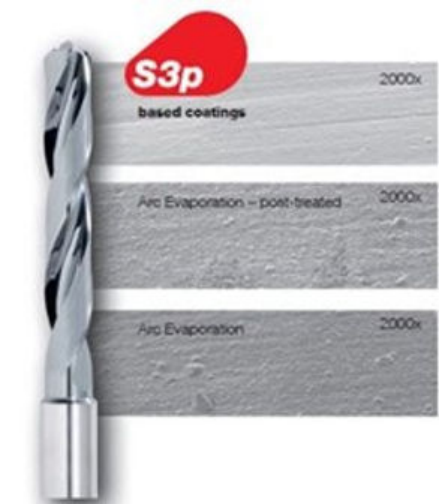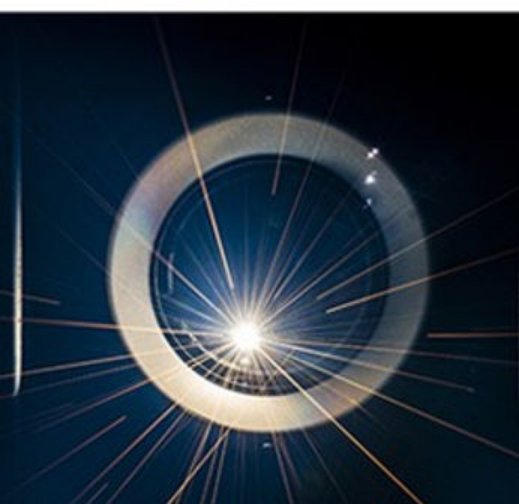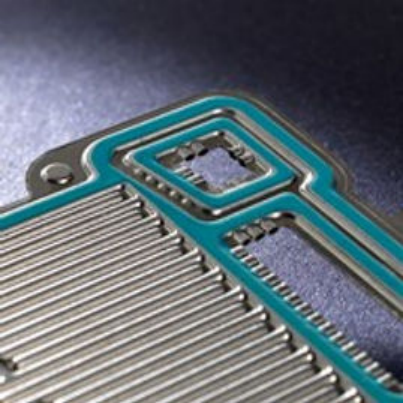
PVD (Physical Vapour Deposition) technology is a well-established and suitable technology to realize new and advanced coating processes like
· gradient coatings
· metastable composite coatings
· multicomponent coatings
· multilayer or superlattice coatings
PVD coatings on several types of substrates ranging from hard carbide to polymer sheets have been improved. The number of applications where PVD can be implemented technology are seamlessly increasing. PVD for respective applications on industrial scale is evolving and being improved continuously.
Why PVD technology?
PVD is an excellent choice for
· enhancing the functionality and machining performance of tools and parts
· it increases hardness, thermal stability, chemical and oxidation resistance
· while reducing friction and wear.
From the health and medical sector to the aerospace industries, different and distinct functional applications for PVD finishings are available.
This means PVD thin film coatings for tool industries are going to dominate for next few years.
Undoubtably machine sales for few applications suffers a dip in last couple of years. To be honest, Pandemic is not only the reason.
Lets stroll through some promising applications
Tool coatings


Photo courtesy: CARC+ Cathode of Hauzer techno coatings.
Oerlikon Balzers Photo courtesy: IHI Hauzer Techno coating
If you have a right R&D team, the report says, that the machine sales for tools also increases.
For example, S3p machines are super-efficient for tools but Oerlikon Balzers does not roll it out for sale.
IHI Hauzer developed CARC+ a decade ago, and it is still good for making high performing AlCrN for tool applications. Furthermore, PVD facilitates multicomponent materials to be incorporated in a graded multilayer stack. By this way different concepts of layers can be accomplished simultaneously.
Decorative coatings

PVD for decorative industries are now climbing up so fast and the number of machine sales for decorative applications are increased around 300% in 2022 comparing to the sales in 2019.
PVD is employed to achieve wide variety of coating colours, far surpassing those of electroplating and more traditional forms of metal finishing.
PVD is typically applied to any base substrate materials such as either stainless steel or brass or plastics. This array of materials opens up the decorative PVD benefits to substantial number of parts and products.
Photo courtesy: IHI Hauzer Techno coating

Faucet companies are investing in PVD equipment and the machine building companies who took the orders are pinging all of their resource suppliers to build the machines on time. All such things are happening when the raw material prices only to build a coating chamber box climb 200%!!
Photo courtesy: Sussex Taps
A real economic boom especially for decorative PVD coatings.
Photovoltaic coatings

First Solar invested huge amount of money on PVD machines, particularly HiPIMS for photovoltaic module development. They are having remarkable success in producing high quality PV cell modules using HiPIMS.
Photo courtesy: Solar Energy Materials and Solar Cells, Volume 231, October 2021, 111268
Bipolar membrane fuel cells

Gerry van der Kolk and David Kolenaty’s success in the development of Bipolar membrane fuel cell using Hauzer 1500 machines is remarkable. PVT Plasma und Vacuum Technik GmbH is also expanding its base in China and many popular machine building industries are also following PVT's footsteps
Photo courtesy: IHI Hauzer Techno coating HiPIMS coated BiPolar Fuel Plates
Thin film batteries

Scan and pay attention to the public number